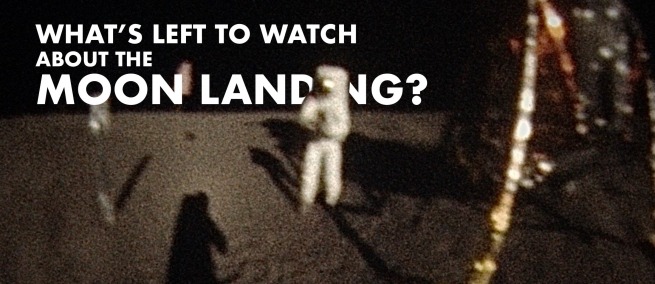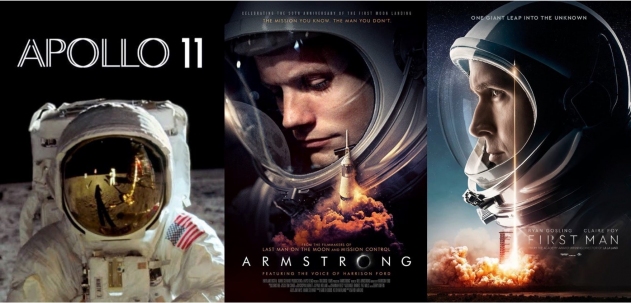
Fifty-five years ago, on July 20, 1969, the first person stepped on the Moon. This monumental event was recorded in every possible way, with approximately 650 million people closely watching the Apollo 11 journey live on TV. Nowadays, television broadcasts of rocket launches, and space expeditions are commonplace, but that was not the case for the Apollo 11 launch. In fact, the television broadcast itself turned out to be a historical landmark.
In 1969, at the height of the Cold War and the Space Race, both the US and the Soviet Union had already launched their first satellites, sent animals, and even humans into orbit. The primary goal for both countries was to be the first to land a crewed lunar vessel on the Moon and then return it to Earth. The senior Soviet rocket engineer, Sergei Korolev, dreamed of stations and crewed flights to Mars and Venus and the USSR planned to establish a lunar base for their highly anticipated launch, while NASA’s expenditure on the Apollo 11 mission reached approximately 355 million dollars. The stakes were incredibly high, and whoever succeeded first would make history.
Over the past decades, the mission has inspired dozens of documentary and fiction films and series, proving that the Moon landing continues to captivate our minds. Films such as APOLLO 11: FIRST STEPS EDITION (2019), which uses archival 70mm footage, or FIRST MAN (2018), a dramatic biopic about Armstrong, mostly focus on the success of the NASA mission against all odds. Promotions for these movies have a similar look: an astronaut staring into endless space, with the surface of the Moon reflected in his round, shiny helmet. This heroic narrative is similar to the one that media was pushing at the time of the 1969 launch, because public opinion was mixed.

From left to right: Key art for APOLLO 11 (2019), courtesy of Neon. Key art for ARMSTRONG (2019), courtesy of Gravitas Ventures. Key art for FIRST MAN (2018), courtesy of Universal Pictures.
At the time of the launch of Apollo 11, NASA had been in existence for only nine years, and much of the US public’s attention was focused on the Civil Rights Movement and the Vietnam War. To harness public support and attention for Apollo 11 as a large-scale, technologically sophisticated program that would bolster American pride, prestige, and help win the Cold War, NASA turned to the media.
The live broadcasting of the Moon landing made it a remarkable, relatable event. On television, it was accessible to almost everyone on Earth. The broadcast was revolutionary because, unlike the Soviet space programs, it informed the public of the rocket launch prior to the actual launch. NASA’s public relations team continuously shared with reporters and journalists information about the technology involved in the launch, which ensured the accuracy of the press.
In contrast to the films mentioned above that depict the heroic nature of the Apollo mission, others question the transparency of NASA’s communication. OPERATION AVALANCHE (2016) is a mockumentary co-written, directed, and produced by Matt Johnson (BLACKBERRY), where two undercover CIA agents infiltrate NASA and shoot footage of a fake moon landing after learning that the US is losing the space race to the Soviets.
Media has been used to depict the moon landing in various ways, through positive and more skeptical lenses. Now, a new romantic comedy-drama FLY ME TO THE MOON is coming out on July 11 starring Scarlett Johansson and Channing Tatum. Reconsidering the first Moon landing and its unique historical context the film, like OPERATION AVALANCHE, centers the story around the creators of the fake landing, this time a marketing team. This latest installment in the genre of Moon landing films promises to be a great and humorous way to celebrate the upcoming anniversary.